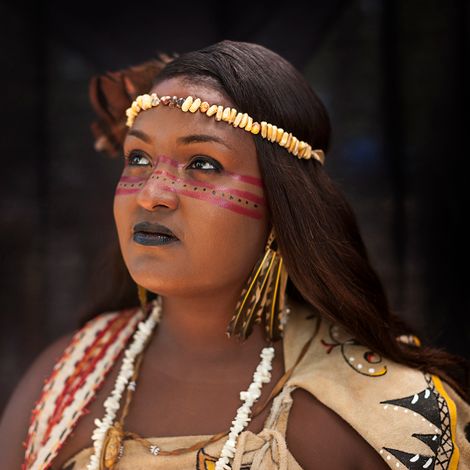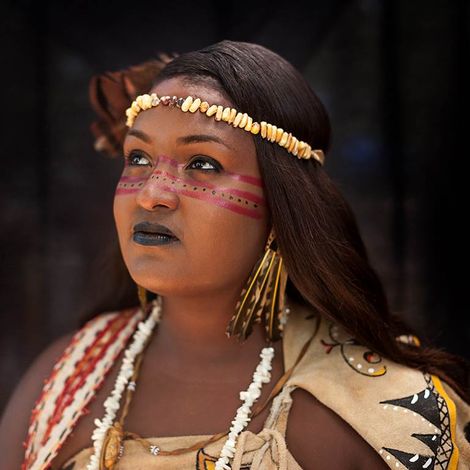All My Relations: A Native America Portrait


Most of us have seen the photographic works Edward Curtis made during the early part of the 20th century. In 1906, he received $75,000 from JP Morgan to produce a series on North American Native Americans. The unspoken subtext: indigenous Americans were a disappearing race, and thus important to document. It was only a matter of time before they would all be culturally and or physically extinct.
Just over one hundred years later, the history, politics and experience that comprise Native identity are as controversial as ever. Not one treaty made between indigenous peoples and the US government was ever honored. Each one was amended and altered, and sometimes outright revoked. Stereotypes remind us that there are multitudes of problems and indigenous populations have high rates of suicide, poverty, violence and addiction. If we are to become the country we say we are, there are many past hurts that need acknowledgement, many injustices that require resolution.
Neither a history of injustice nor stereotypes tell the whole story. There is also resilience, strength, beauty and self-defining identity. The Indigenous Rising and Idle No More movements have signaled a new phase in Native consciousness, not only as Americans but as citizens of this planet. In this critical time of climate change, native voices are resounding with wisdom and perspective about the importance of honoring and protecting our planet.
That’s why now, I am setting out to make a new record. It’s time to for us to tell our own stories of who we are and what is important to us. Why portraiture? I am interested in one powerful aspect of the process. I make a portrait as a message to the future — as a statement about who my subjects are in this moment. I ask, just before I press the shutter: “What, through this image, would you like your descendants to know about you, your life — your experience?” With this question, something happens: a gravitas, a moment worthy of recording.